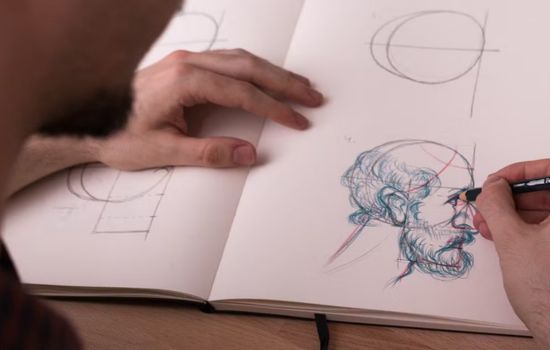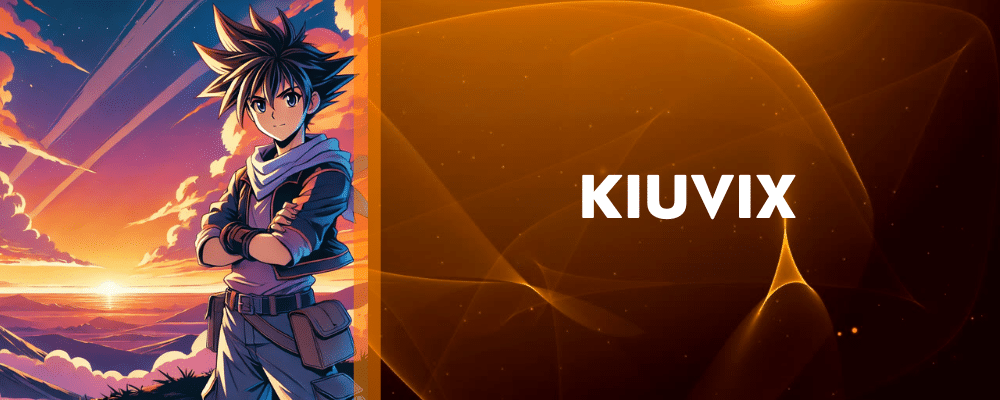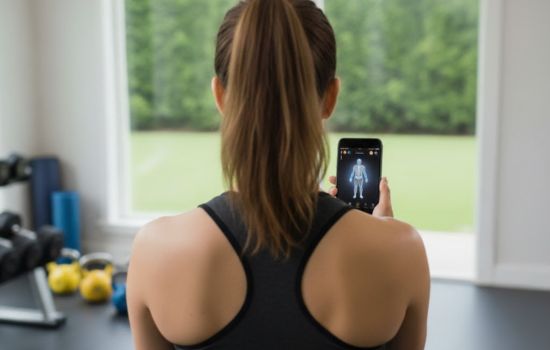Advertisements
The apps to learn to draw have transformed the way people relate to art.
Previously, practicing required investing in notebooks, pencils, and attending in-person classes.
Today, all you need is a mobile phone or tablet to access tools that allow you to experiment, practice, and perfect techniques.
Applications like ibis Paint X, Sketchbook and How to Draw They have democratized access to artistic education, opening doors to beginners and experienced creatives alike.
Advertisements
In this article, we'll explore the features of these apps, their benefits, and also reflect on how they might influence the future of art and creativity.
Advertisements
See also
- 3 Apps to Extend Your Battery Life
- Drive Without Fear: Apps to Learn Quickly and Easily
- The best apps for recognizing pet breeds
- Professional Techniques for Animal Training
- The best radio apps
The arrival of apps to artistic learning
Drawing has been a universal means of expression for centuries. However, until recently, learning depended on classes in academies or specialized manuals. With the appearance of drawing apps, a real revolution took place: anyone, regardless of age or experience level, can download an app and start practicing immediately.
These programs not only replicate pencil and paper, but also add digital resources that facilitate the learning process, such as infinite brushes, the option to undo mistakes, or the ability to work with layers.
ibis Paint X: creativity at your fingertips
One of the most complete apps is ibis Paint X, famous for its vast library of brushes (over 300) and its ability to work with multiple layers. This tool is designed for those who want to explore complex digital illustrations, such as comics, portraits, or landscapes.
Some of its main advantages are:
- Video recording of the drawing process.
- Online community where artists share their work.
- Advanced features that mimic professional programs.
This makes ibis Paint X a great choice for both beginners and illustrators who want to take their art to the next level.
Sketchbook: naturalness in digital
On the other hand, Sketchbook It offers an experience closer to traditional drawing. Its simple and fluid interface allows users to focus on creating without distractions.
Among its most notable features are:
- High resolution canvases.
- Symmetry and perspective tools.
- Customizable color palettes.
- Fluidity in the stroke that simulates real pencils and brushes.
Thanks to these qualities, Sketchbook is used not only by amateurs but also by professionals in design, architecture, and illustration.
How to Draw: A Digital Teacher for Beginners
While ibis Paint X and Sketchbook focus on free practice, How to Draw It has a more educational objective: to guide step by step those who are just starting out.
The app offers tutorials where each drawing is built from simple shapes and becomes progressively more complicated. This helps students understand proportions, structure, and details, eliminating the initial frustration for beginners.
Due to its simplicity, it is perfect for children, teenagers and adults who want to learn from scratch.
Advantages of learning with drawing applications
The use of these digital tools presents clear benefits:
- Immediate access: just download the app and start drawing.
- Economic: : expenses on materials are reduced during the learning stage.
- Bug fixes: The undo option allows you to practice without fear.
- Variety of resources: brushes, colors and tutorials in one place.
- Extra motivation: Many apps have active communities where you can share your work.
Tips to improve your artistic learning
- Practice every day: Even 10 or 15 minutes can make a difference.
- Try a variety of styles: manga, caricature, portrait, realism.
- Combine digital with traditional: both approaches complement each other.
- Save your old drawings to measure your evolution.
- Learn by watching other artists within online communities.
Future scenario and reflection on digital art
The future of arts learning is closely linked to technology. apps to learn to draw are just the beginning of a deeper transformation that will continue to evolve in the coming years.
We can imagine several scenarios:
- Integration with artificial intelligence: Apps capable of automatically correcting proportions, suggesting improvements, or even generating sketches from a written idea.
- Augmented Reality (AR): draw on real surfaces while viewing digital guides on the screen.
- Even more connected global communities: where artists from different countries collaborate in real time.
- Universal access to arts educationThanks to these apps, children and adults from all over the world will be able to learn without financial limitations.
This reflection leads us to understand that digital art doesn't replace traditional art, but rather complements it. While paper and pencil will continue to be invaluable, technology opens up new avenues for exploring creativity.
In this context, applications such as ibis Paint X, Sketchbook and How to Draw are an example of what is already changing and what will come in the future.

Conclusion
Drawing apps have democratized access to art, allowing anyone to explore their creativity regardless of prior experience or material resources. Tools like ibis Paint X, with its power and versatility, Sketchbook, with its fluidity and simplicity, and How to Draw, with their didactic approach, represent different paths towards learning and artistic experimentation in the digital environment.
The future scenario invites us to imagine a world in which technology and art increasingly intertwine, offering unlimited opportunities for self-expression and collective creation. The most important thing, however, remains practice, discipline, and passion. With perseverance, dedication, and curiosity, each user can transform a simple stroke into a meaningful work that reflects their essence.
Ultimately, digital art is not the end of traditional drawing, but rather an evolution that multiplies creative possibilities and expands the boundaries of what we understand as art.




